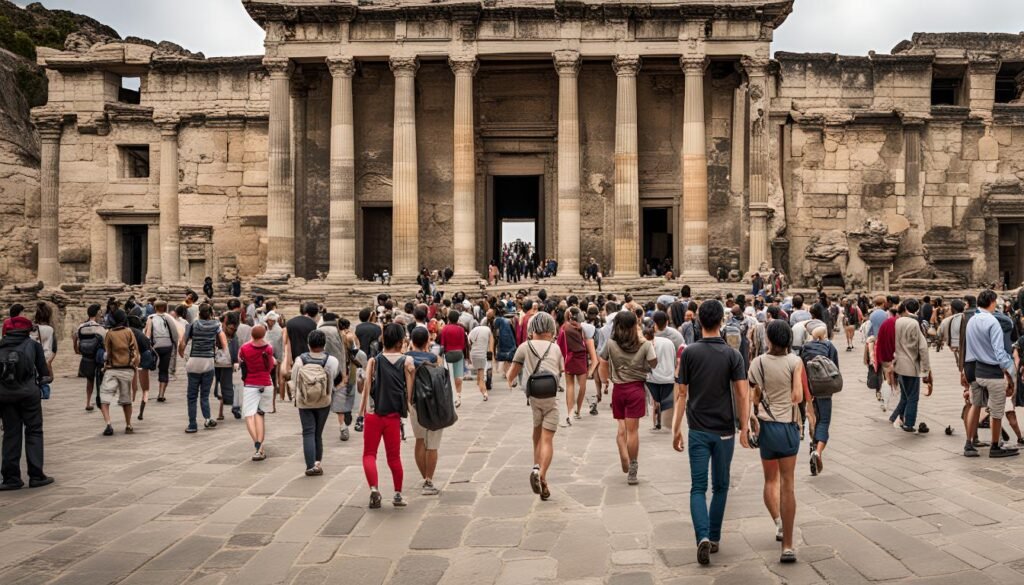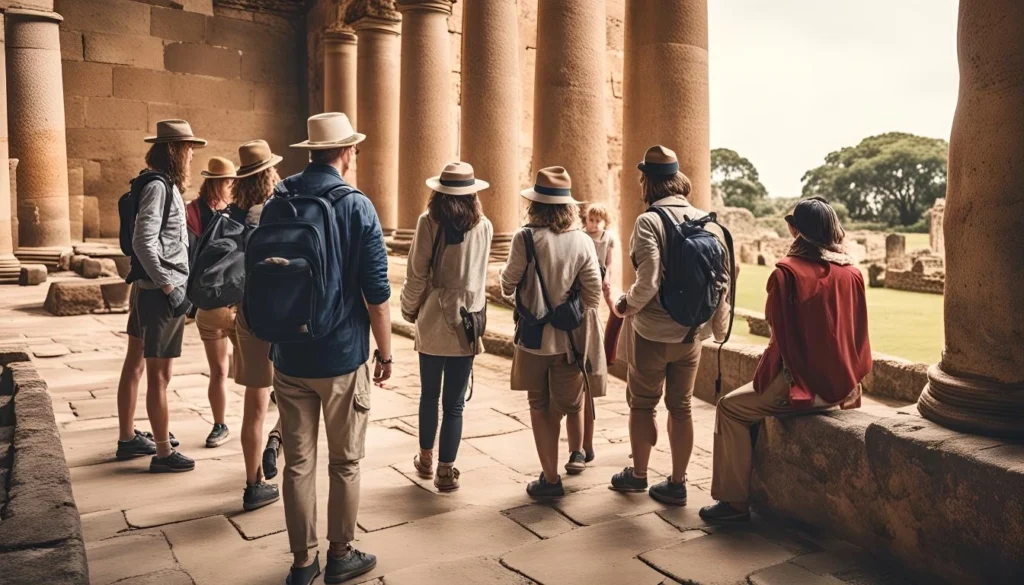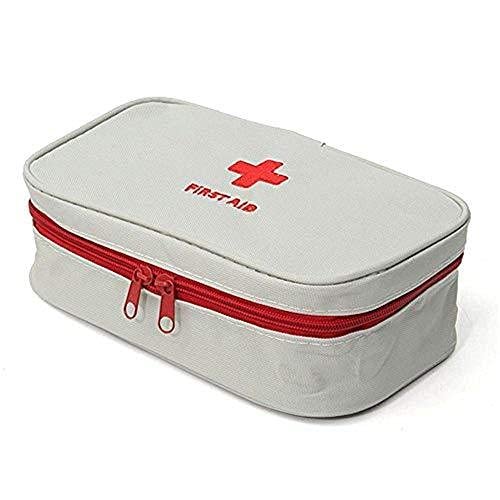Introduction:
Exploring historical places is a journey filled with rich cultural experiences and awe-inspiring discoveries. But exploring historical sites in India is a captivating journey into the rich tapestry of its past, but it’s not without its challenges. However, amidst the beauty and historical significance lie certain traps that tourists often encounter, making their visits a bit challenging at times.

From misleading tourist guides to environmental impact concerns and government regulations, navigating through these traps requires careful planning and awareness. Let’s delve into the various traps faced by tourists at historical sites in India and explore effective ways to break free from them.
Exploring Key Concepts
1. Misleading Tourist Guides:
Trap:
Beware of guides providing inaccurate historical information or misleading tourists for personal gain.
Ways to Break It:
-Verify historical information from reputable sources like government tourism websites to avoid spreading misinformation.
-Consider guided tours from licensed guides for accurate insights into cultural and historical sites.
-Use authentic sources by asking guides for their registration or license.
2. Overcrowding at Popular Sites:

Trap:
Historical landmarks often experience overcrowding, leading to long queues and limited access.
Ways to Break It:
-Visit popular sites early in the day or during less crowded times to enjoy a more peaceful experience.
-Explore beyond touristy attractions to discover authentic experiences and understand India’s cultural heritage better.
-Research accessibility options for elderly or disabled tourists before visiting, especially for sites like forts that may have limited access and become more challenging with crowds.
3. Distinct Nature of Sites:
Trap1.
Difficulty in Navigating Complex Historical Sites:
Ways to Break It:
Some historical sites have complex layouts, making navigation challenging. Seek assistance from experienced tourist guides or individuals familiar with the site.
Trap2.
Mobile Connectivity Issues:
Ways to Break It:
Ensure mobile connectivity or have alternative communication methods while traveling in remote areas where network coverage may be unreliable.
Trap3.
Accommodation Safety Concerns:
Ways to Break It:
Choose reputable accommodations with good reviews and safety measures in place if planning to stay near historical sites for a few days.
Trap4.
Unreliable Public Facilities:
Ways to Break It:
Check the availability and condition of restrooms, drinking water facilities, and seating areas at historical sites before confirming your visit or stay.
4. Lack of Signage or Information Boards:
Trap 1:
Limited Signage: Some historical sites may lack proper signage or information boards, making it challenging for tourists to understand the significance of each location. This can lead to confusion and a less immersive experience.
Ways to Break It:
-Always stay aware of your location within the historical site by referring to maps or guidebooks.
-Seek guidance from knowledgeable locals or official guides who can provide context and explanations about the site’s history and significance.
-Utilize digital apps or audio guides that offer detailed information about the historical site, its features, and the stories behind them.
Trap 2:
Language Barrier: Tourists may face difficulties communicating with locals or understanding historical information if they don’t speak the local language. This can lead to misunderstandings and missed opportunities for learning and appreciation.
Ways to Break It:
-Keep a guide or a local contact who is fluent in both the local language and your native language to help bridge communication gaps.
-Use translation apps or devices to facilitate conversations and understand signage or information in different languages.
-Prioritize learning basic phrases in the local language to enhance your interactions and understanding during your visit.
Trap 3:
Limited Information for Foreign Tourists: Historical sites may not have sufficient information available in foreign languages for international tourists. This can result in a lack of context and depth in understanding the site’s historical and cultural significance.
Ways to Break It:
– Seek enjoyment initially by immersing yourself in the visual and sensory aspects of the historical site.
-Conduct thorough research before your visit using authentic sources, such as official websites, guidebooks, or reputable travel blogs, to gain background knowledge and context about the site.
-Consider hiring a knowledgeable guide who can provide in-depth explanations and narratives in your preferred language to enhance your experience and understanding during the visit.
5. Traffic Congestion and Parking Issues:
Trap:
Tourists driving to historical sites may encounter traffic congestion and limited parking options.
Ways to Break It:
-Avoid traveling by personal vehicle and opt for rented vehicles to mitigate parking and congestion issues.
-Use public transportation or organized tours that provide transportation to historical sites to avoid parking hassles.
6. Monument Entry Timings:

Trap:
Many historical sites and monuments have specific entry timings and ticketing rules.
Ways to Break It:
-Plan visits according to the entry timings of historical sites to ensure a smooth and hassle-free experience.
-Check online or inquire locally about ticketing rules and timings before visiting.
7. Environmental Impact:
Trap 1:
Pollution Spread: Uncontrolled waste disposal and littering can lead to pollution and degradation of the environment at historical sites.
Ways to Break It:
-Practice Leave No Trace principles by properly disposing of waste and packaging materials, such as plastics and non-biodegradable items.
-Follow designated pathways and avoid straying into restricted or sensitive areas to minimize environmental impact.
Trap 2:
Heritage Conservation Concerns: Lack of awareness and adherence to conservation guidelines can result in damage to historical sites and cultural heritage.
Ways to Break It:
-Familiarize yourself with and abide by guidelines and regulations set by heritage conservation authorities to protect historical sites.
-Support conservation efforts through responsible tourism practices and participation in local initiatives aimed at preserving cultural heritage.
Trap 3:
Noise and Pollution: Excessive noise pollution and disruptions from tourist activities can disturb wildlife and compromise the serenity of historical sites.
Ways to Break It:
-Be mindful of noise levels and avoid loud or disruptive behavior that can disturb wildlife or other visitors.
-Support eco-friendly tourism practices that prioritize minimizing noise pollution and environmental disruptions to maintain the integrity of historical sites.
8. Wildlife Encounters:
Trap:
Some historical sites may be located in wildlife habitats, leading to potential encounters with wild animals.
Ways to Break It:
-Conduct proper research about historical sites and their surroundings to avoid unintentional wildlife encounters.
-Avoid visiting unfamiliar or remote sites without proper information and guidance to ensure your safety and respect for wildlife.
9. Scams and Fraudulent Practices:
Trap:
Near historical sites, tourists may encounter fake ticket sellers or unauthorized tour guides trying to scam them.
Way to Break It;
– Before purchasing tickets or hiring guides, seek advice from travelers who have visited the site before you.
– Crosscheck the authenticity of the product or service you are buying by verifying official sources or seeking recommendations from reputable agencies.
10. Political Sensitivities:

Trap:
Historical events often hold deep personal sentiments, and political discussions can be sensitive, especially in regions where past events are still relevant.
Way to Break It:
– Refrain from making statements that could offend anyone related to historical figures or events.
– Stay informed about local politics and potential unrest in certain regions you plan to visit.
– Avoid participating in political discussions or protests to maintain a peaceful and respectful travel experience.
11. Government Regulations:
Trap:
Government regulations regarding historical sites, photography, drone usage, or camping can change over time.
Way to Break It:
– Familiarize yourself with local laws and regulations related to activities like photography, drone usage, or camping before your visit.
– Obtain necessary permits or permissions as required by local authorities to avoid any legal issues during your trip.
– Stay updated with any changes in government regulations that may affect your travel plans.
Conclusion:
As we conclude our exploration of traps faced by tourists at historical places in India, it’s crucial to remember that with awareness and preparation, these challenges can be overcome.
From avoiding misleading guides and managing overcrowded sites to respecting environmental impact concerns and staying informed about local regulations, travelers can ensure a smoother and more enriching experience. By embracing responsible tourism practices and respecting cultural sensitivities, every visit to a historical site can be a journey of discovery and appreciation for India’s rich heritage.
Happy travels and may your historical explorations be filled with wonder and meaningful insights!
Why This Product Deserves Your Attention
As usual, at the end of every blog on trapbreaker.com, we recommend a product that aligns with the theme of the blog and acts as a helping hand for the betterment of your life. For this blog, which focuses on navigating the challenges of visiting India’s historical sites, we recommend the Emergency First Aid Kit Pouch and the 10 In 1 Multi-functional Pocket Hand Tool Set. These products are practical and essential for travelers exploring rugged or remote areas. The First Aid Kit Pouch ensures you’re prepared for any medical emergencies while on the go, and the 10 In 1 Multi-functional Tool Set offers handy solutions for various situations, helping you avoid unnecessary delays and complications during your travels. With these tools in hand, you can confidently explore India’s historical wonders with peace of mind.
If you’re curious about why these products deserve your attention, you’ll find a comprehensive review of each on our partner site, awareandbeware.com. The review dives into all aspects of the products, including features, benefits, and potential drawbacks, helping you make a fully informed decision. We encourage you to check out the full-length review for a deeper understanding of how these products can make your travels safer and more convenient.



